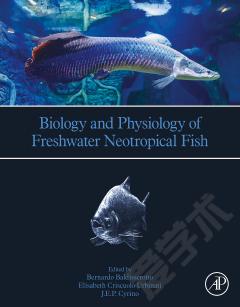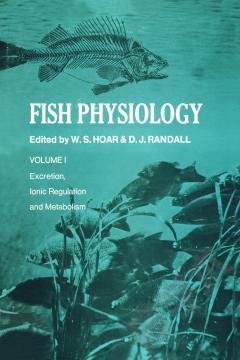Water Pollution and Fish Physiology
Some Introductory Concepts Types of Water Pollution The Relationship Between Aquatic Toxicology and Fish Physiology Levels of Biological Organization Importance of Dose and Duration of Exposure Stress Toxic Mode of Action Environmental Hypoxia Minimum Levels of Oxygen Required for Fish Life Interaction of Hypoxia and Toxicity of Pollutant Chemicals Gill vs. Cutaneous Respiration Adjustments in Ventilation Adjustments by the Gills to Hypoxia Transport of Oxygen by the Blood Cardiovascular Changes During Hypoxia Respiratory Regulation and Conformity Anaerobic Metabolism Swimming Speed Behavior Blood and Urine Histopathology Acclimation to Hypoxia Respiratory and Cardiovascular Responses Overview of Normal Respiratory Physiology Histopathology of Gill Lamellae Exposed to Pollutants Ventilation Changes in Response to Pollutants Physiological Mechanisms of Changes in Ventilation Circulatory Physiology Cardiac Responses to Pollutants Hematology Fish Blood Cells and their Measurement Chemicals that Cause Anemia Chemicals Causing an Increase in Hematological Variables Uptake, Accumulation, Biotransformation, and Excretion of Xenobiotics Uptake from the Environment Transport Within the Fish of Metals and Organics Accumulation of Metals in Different Organs Regulation of Metal Concentration Glutathione and Metal Detoxification Involvement of Metallothionein in Metal Accumulation and Acclimation to Metals Bioconcentration of Organic Pollutants Biotransformation of Organic Contaminants Excretion of Organic Contaminants Liver Structure of Liver Alterations of Liver/Somatic Index Histopathological Effects of Pollutants Major Functions of Liver Effects of Pollutants on Liver Function Ascorbic Acid and Pollutant Exposure Osmotic and Ionic Regulation Effects of Pollutants on Osmotic and Ionic Regulation Mucus Chloride Cell Proliferation Some Summary Comments Regarding Osmoregulatory and Electrolyte Alterations Physiological Energetics General Concepts Methods for Measuring Energy Expenditure in Fish Effects of Metals on Metabolic Rate Gill Tissue Metabolism: Effects of Metals and Possible Relation of Gill Metabolism to Whole-Body Metabolic Rate Effects of Pesticides on Whole-Body and Individual Tissue Respiration Methods Applicable to Measurement of Energy Expenditure in the Field Effects of Pollutants on Larval and Juvenile Growth Swimming Performance Changes in Carbohydrate, Lipid, and Protein Energy Stores Alterations in Cellular Enzyme Activity, Antioxidants, Adenylates, and Stress Proteins Some Comments About Enzyme Methodology Alterations in Cellular Enzyme Activity from Metal Exposure Enzyme Effects from Organic Chemicals Concluding Remarks on Enzyme Effects Antioxidants Adenylates Stress Proteins Acid Pollution Spawning Embryonic Development and Hatching Larvae from Hatching Through Swim-Up Juvenile and Adult: Acid-Base Balance and Electrolyte Changes from Acute Exposures Juvenile and Adult: Blood Changes from Chronic Exposures Hormonal Responses Adults: Ventilation and Blood Gases Oxygen Consumption, Swimming Performance, and Swimbladder Inflation Behavior Concluding Comment The Immune System Effects of Pollutants on Immune Function Hormonal Modulation of Immune Response Behavior and Nervous System Function Locomotor Activity Avoidance of or Attractance to Waterborne Chemicals Sensory Receptors Feeding and Predator-Prey Behavior Aggression Learning Optomotor Response Acetylcholinesterase Concluding Comments Reproduction Overview of Fish Reproductive Physiology Action of Pollutants on Reproductive Function Use of Physiological and Biochemical Measures in Pollution Biology Water Quality Criteria Biomonitoring of Fish in the Field and Mesocosms Early Warning Systems Index Each chapter includes an introduction and/or overview and a list of relevant references.
{{comment.content}}








 京公网安备 11010802027623号
京公网安备 11010802027623号